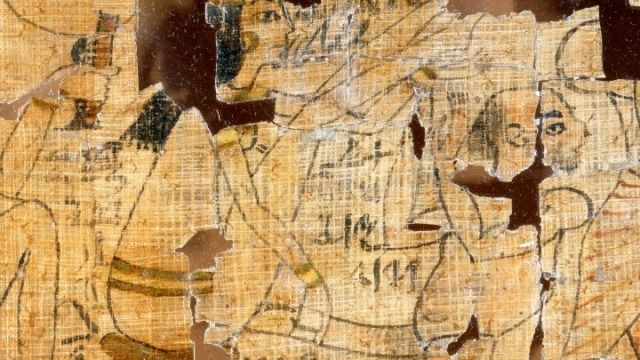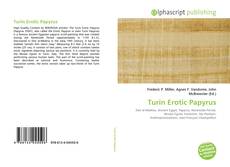
Long shrouded in mystery, explore the many questions surrounding this controversial artifact: Does it portray the sex lives of the Gods and provide a coded message to the afterlife? Is it part of an elaborate and mystical ritual of conception? Or is it simply a relic of sexually explicit material from the ancient world?įeaturing breathtaking imagery and contributions from leading experts, HISTORY presents a thrilling look at what really went on between the sheets in Ancient Egypt. Next, witness the dramatic and high-tech computer re-creation of what is possibly the world's oldest form of erotica - the Turin Erotic Papyrus. Join the experts as they reveal the meaning of sexually explicit graffiti, thousands of years old, found on the walls of an ancient limestone tomb near the Valley of the Kings. In this candid and evocative program, take a fascinating journey back in time to discover the true story behind sex in Ancient Egypt. Even today, some sexual images from Ancient Egypt are still censored by the authorities and concealed deep in the vaults of museum collections. Turin's famous Erotic Papyrus assures us that the Egyptians were sexually adventurous, with a penchant for naked belly-dancing, and collections of love poetry from the Amarna era reveal that they were also big romantics.For centuries, the sex lives of the Ancient Egyptians have been hidden away from history. The love and sex lives of the Egyptians were as complicated as they are today.

When you talk about parties, dinner parties, or banquets, were frequent in rich houses in ancient Egypt, with dancing, drinking and maybe sex included - just as today. Men wore them down to their knees and women down to their ankles. Talking about clothing, it seems from archaeological findings that everyone wore tunics. For the most part they have been kept out of the public. There was a History Channel show which aired back on September 9th of 2009, aka 9/9/9 'outing' these pictures for the world to see. These wigs were worn at parties and in domestic environments as well as at festival and important cults, along with jewellery and headdresses to complete the party look. The images shown here are from an artists 'filling' in of the missing fragments of what is left of the original Turin Erotic Papyrus. The two main differences were materials and space.įurniture made of 'good' wood was only found in the homes of the rich, as were rugs from Persia, ebony and ivory pieces from African kingdoms, golden vases, jewellery and sculptures from Nubia, various precious stones and gold ornaments.Īs for fashion, it literally thrived in ancient Egypt, with the rich people employing the use of wigs, made with sheep or real human hair. The houses built for the rich and powerful were obviously different from the ones built for labourers and farmers. Turin's famous Erotic Papyrus assures us that the Egyptians were sexually adventurous, with a penchant for naked belly-dancing, and collections of love poetry from the Amarna era reveal that they were also big romantics. Similarly to today perhaps, wine was the booze of choice for high society individuals.įine wines were labelled with the date, vineyard and variety as the tax assessors requested, such as the ones found in Tutankhamun's tomb. Men in the armed forces, army and navy were not afforded a high social status, and neither were entertainers.Īs for the eating habits of the ancient Egyptians, arteriosclerosis (high cholesterol) found in ancient Egyptian mummies indicates that they loved to eat and drink well.ĭifferent kinds of meat were available for the elite, like, beef, veal, antelope and gazelle meat. Peasants and unskilled workers were low down the scale of Egyptian society, but it was the servants and slaves that skirted the bottom of the class pyramid. Erotic-Satirist Papyrus (Egyptian Kamasutra): Lise Manniche, José Miguel Parra Ortiz, Pedro Bádenas de la Peña, Marina Escolano Poveda, Georgina Burgos, BiblioGemma: 9788493455590: Books - Amazon.

Scribes, architects and doctors were well off, and skilled craftsmen also had many privileges. In ancient Egypt, the pharaoh was at the top of the 'pyramid' and his family, noble people who owned land, and the priests came after.

A new study reported in The Independent has suggested that the rich and famous people of ancient Egypt lived a decadent lifestyle with fine wine, sex, high fashion, and plenty of partying.


 0 kommentar(er)
0 kommentar(er)
